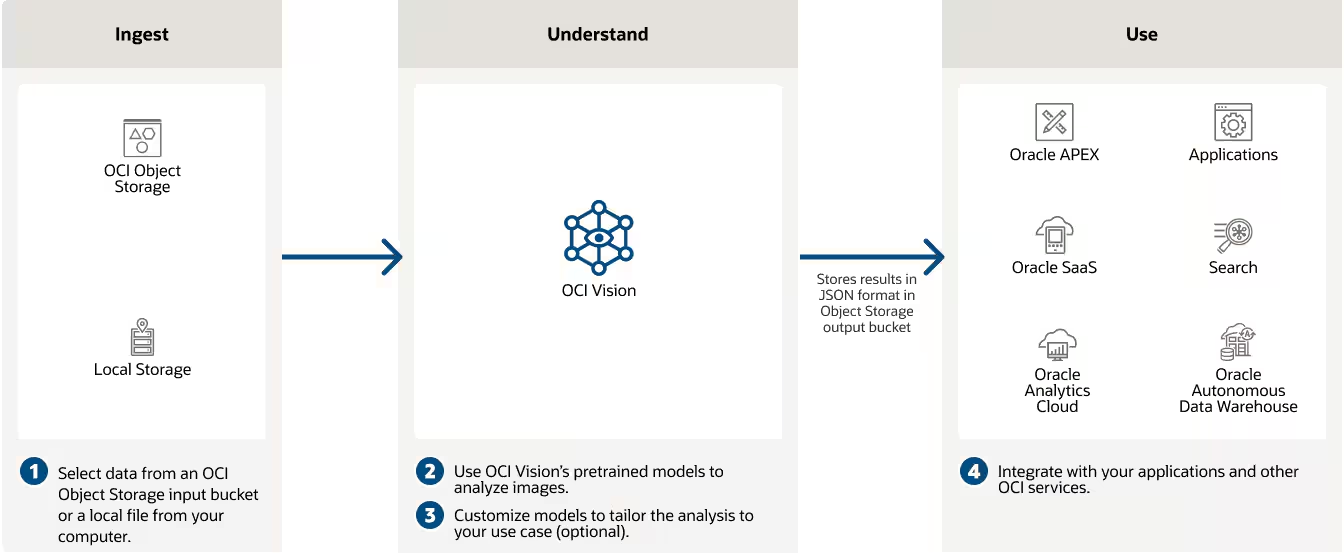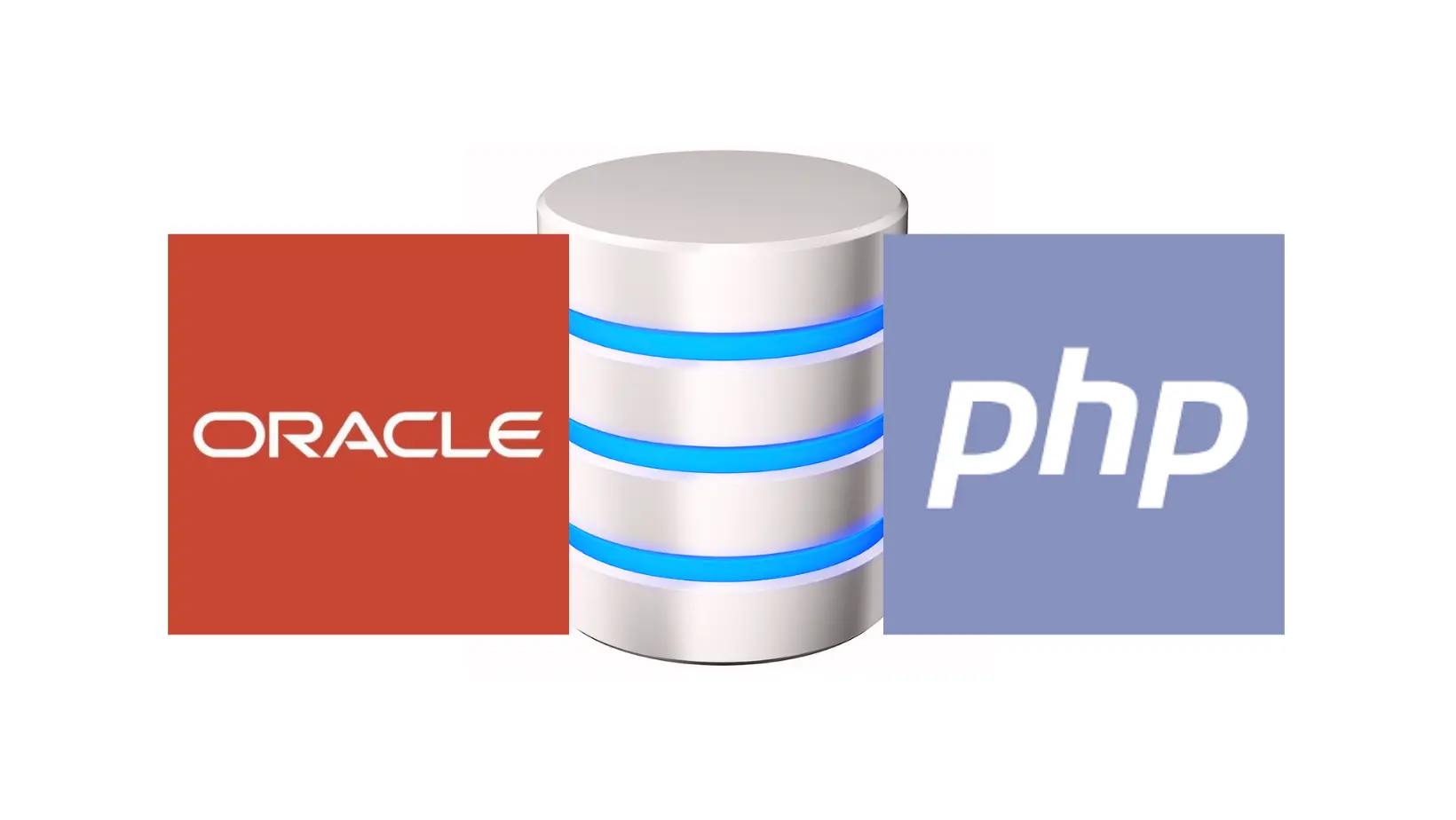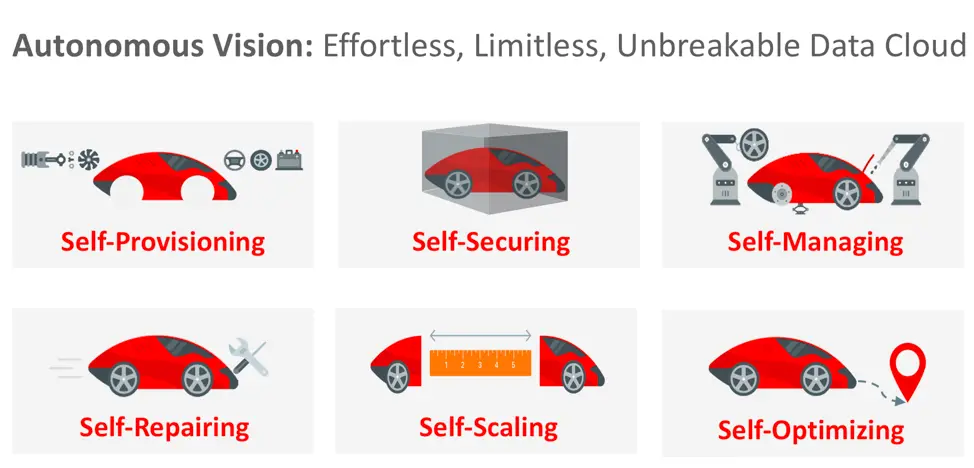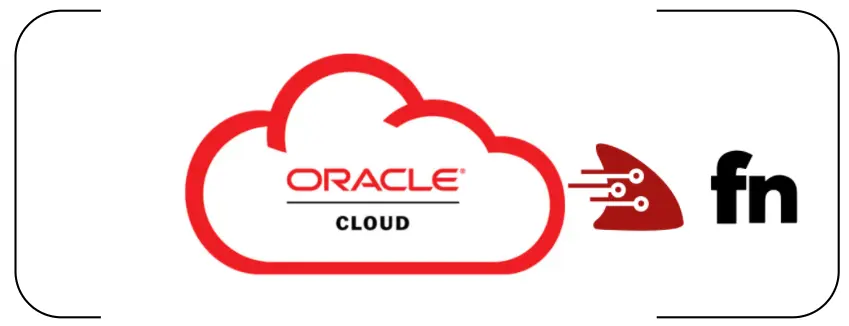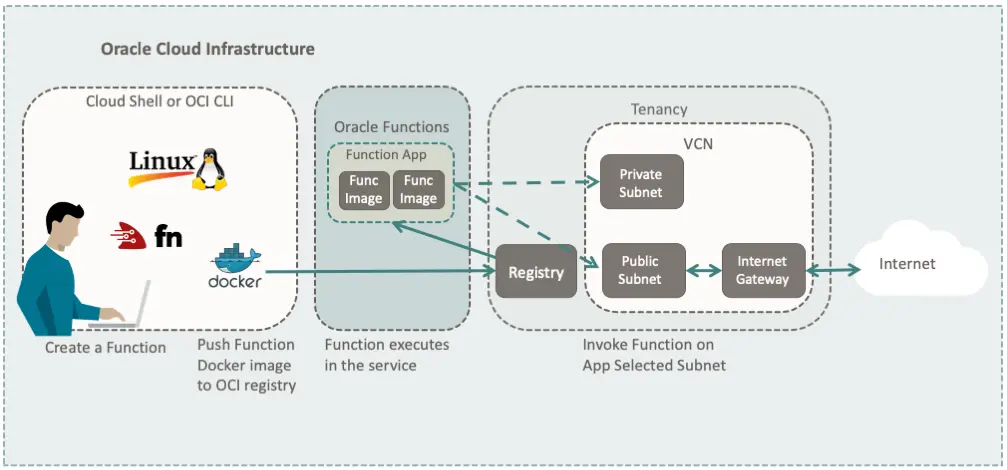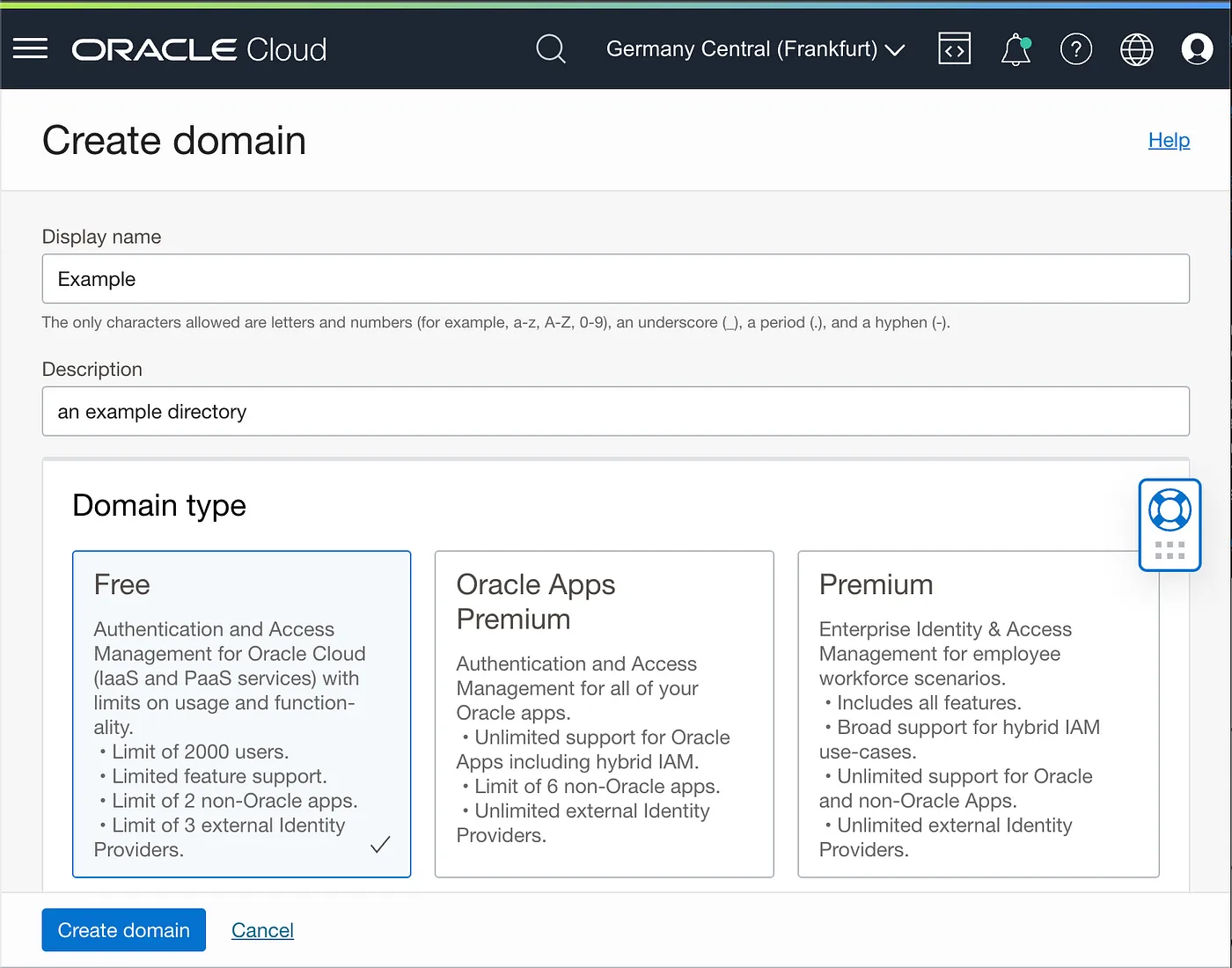OKED: Deploy Oracle Kubernetes Engine Clusters in Minutes In today’s cloud-native landscape, Kubernetes has become the de facto standard for container orchestration. However, setting up a production-ready Kubernetes cluster can still be a complex and time-consuming process, especially for those new to the ecosystem. Enter OKED (Oracle Kubernetes Engine Deploy), an elegant solution that streamlines the deployment of Kubernetes clusters on Oracle Cloud Infrastructure. What is OKED? OKED is an automated tool that simplifies the deployment of Oracle Kubernetes Engine (OKE) clusters. Built on the Pulumi framework, it enables users to have a fully functional Kubernetes environment up and running in minutes—without requiring extensive expertise in either OCI or Kubernetes. ...



